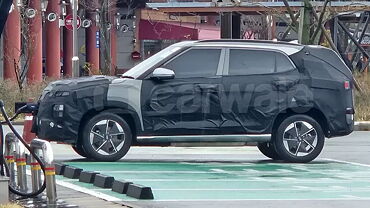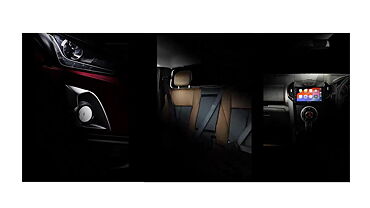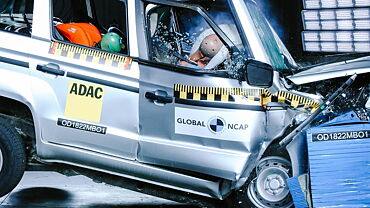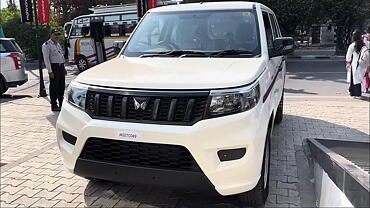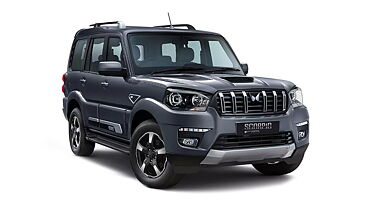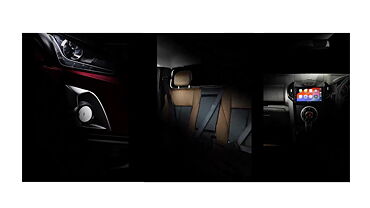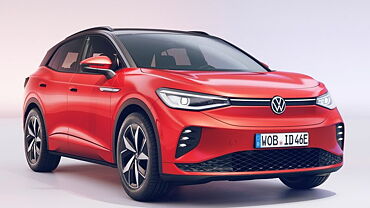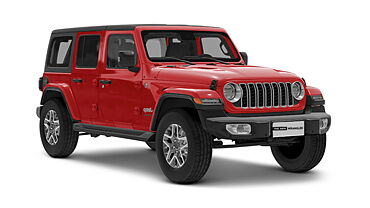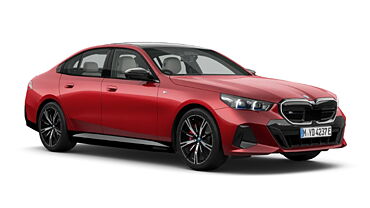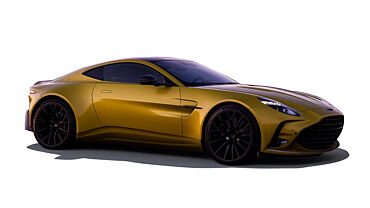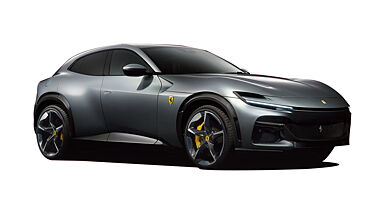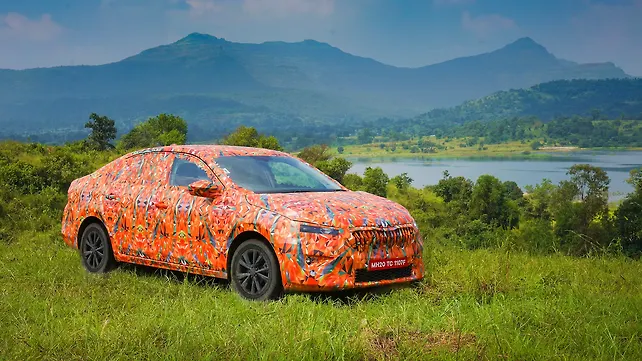
Introduction

The upcoming Skoda Slavia is based on the same platform as the Kushaq. And that means it gets the same engines, gearboxes, and mechanicals as the latter. And that, given our experience with the Skoda Kushaq, is a good thing. The Kushaq is a car in SUV clothing. It’s quick. It handles well. It is reasonably comfortable. And because it sits on a long wheelbase for its class, it also offers good leg room all around. The only challenging thing for the Kushaq inside is the lack of shoulder room. It is narrow for an SUV in its class. The Slavia is a car, in well, sedan clothing. Now, as part of this drive, we aren’t allowed to tell you about its insides. But given what we have told you about the Kushaq and that it sits on the same platform (wheelbase included) as the Kushaq, we leave it to you to draw an interim conclusion about its interiors; till we properly drive one, and spill the beans, of course.
Engine and Gearbox
The Slavia, when launched, will be offered with two petrol engines - a three-cylinder, 1.0-litre engine, and a four-cylinder, 1.5-litre unit. Moreover, buyers will have the option to choose between a manual and an automatic with both engines. The 1.0-litre is the same engine that powers the current Rapid. On the Slavia it will push out almost 115bhp and 175Nm of torque. This direct injection, turbocharged petrol (also called TSI in VW group speak) will come mated to a six-speed manual and a six-speed torque converter automatic.
We drove both these versions, and the manual is still the more fun-to-drive alternative. The throttle response on the car is near immediate. The gear shifts have a short throw. And these are reasonably precise if not as crisp as a Pringle. The engine feels best in the low and mid rpm range which is where it will spend most of its time, be it driving in the city or when on the highway following speed limits. It’s only when you want to turn up the dial to 10, is when you will find the engine a bit too loud and gruff, and not as punchy as you initially imagined. Maybe driving the Slavia hard up a winding road is one such scenario that comes to mind. The automatic will of course feel worse in such a situation. But, it should take the tediousness out of the daily commute better than the manual.
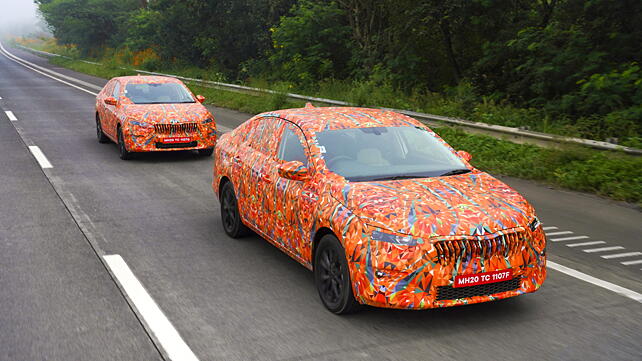
However, if you want to marry the convenience of an automatic with a hint of sportiness of a manual, the DSG is the way to go. That will mean spending more, of course, given the dual clutch auto can only be had with the 1.5-litre engine. And on paper, it seems worth the extra dough. The 1.5 produces 150bhp of max power, which is outstanding for this class of cars. Plus, it comes with cylinder deactivation tech. And that should in theory help give good fuel economy in conditions like stop-and-go traffic, and an unhurried 100kmph cruise. But, on the road, the 1.5 doesn’t feel as strong as these figures suggest. It’s still quick; quicker than the 1.0-litre for sure. But, not 150bhp quick. On the prototype we drove, it wasn’t chasing down the horizon like a hungry cheetah chases its prey; it was more like coming home to an excited Labrador. Still eager, still entertaining, and still very agreeable. But, not 150bhp fast. It is smoother and quieter and freer revving than the 1.0-litre as well. As for the manual, it has shorter throws than on the 1.0-litre. But, it requires more effort to shift.
Ride and Handling
As far as road manners go, both the 1.0-litre and the 1.5-litre versions are pretty close. The steering response on both, for instance, is light and accurate. Even in terms of ride and handling, there’s not much to tell the two Slavias apart. The handling is light and alert at slow speeds; it remains planted and well anchored down at three digit speeds; and even under braking, there’s no real swaying or uncalled for sudden body movements. The brakes do bite a little suddenly, but otherwise, as far as dynamics go, we had no big complaints with the prototypes.
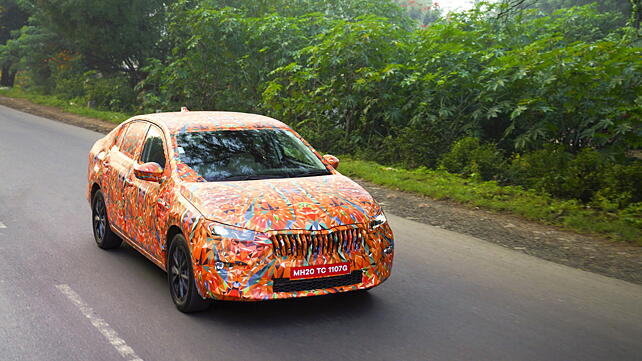
Ride quality though, could have been better. It is pliant and absorbent for the most part. And the Slavia manages the large dips and crests on an undulating road well. But, over a series of potholes or bumps, the ride quality at the rear feels and sounds busy and harsh and unsettled. Skoda says it will improve this on the production car. But to what degree? We will only know when we drive the series production car.
Conclusion
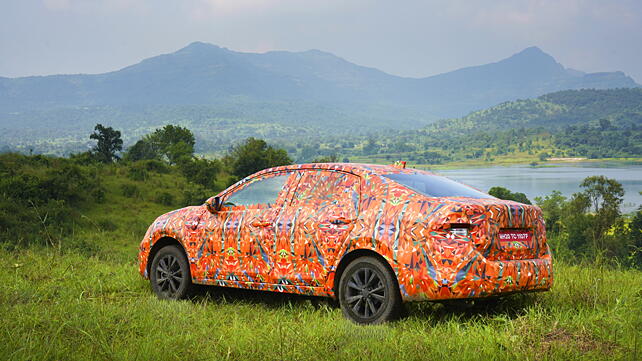
The Slavia will replace the Rapid when launched. And it will, without doubt, be a more modern car to drive, to live with, and in terms of design. It will also be more expensive. But the biggest challenge for the Slavia will be the Hyundai Verna and the Honda City; more so the latter than the former. Both these are well entrenched brands. Both have a strong fan following. And, neither is saddled with legacy issues regarding poor service or high spare part pricing. The latter might be diluted somewhat with affordable and comprehensive service package the Slavia is bound to come with. Plus, there is a significant set of new age dealers that have joined the Skoda network, which should change the ‘poor service’ perception. As for taking on the City and the Verna, well, that is going to be an uphill task, no matter how much the Slavia undercuts the two in terms of launch price.



![Skoda Slavia [2022-2023] Skoda Slavia [2022-2023]](https://imgd-ct.aeplcdn.com/160x89/n/cw/ec/105253/slavia-right-front-three-quarter-5.jpeg?isig=0&q=80)
